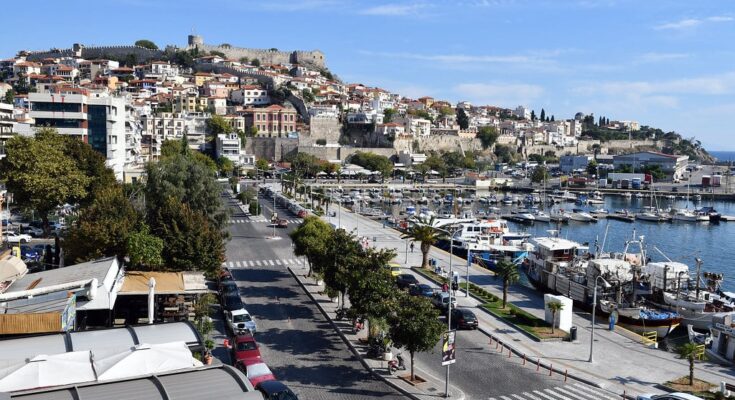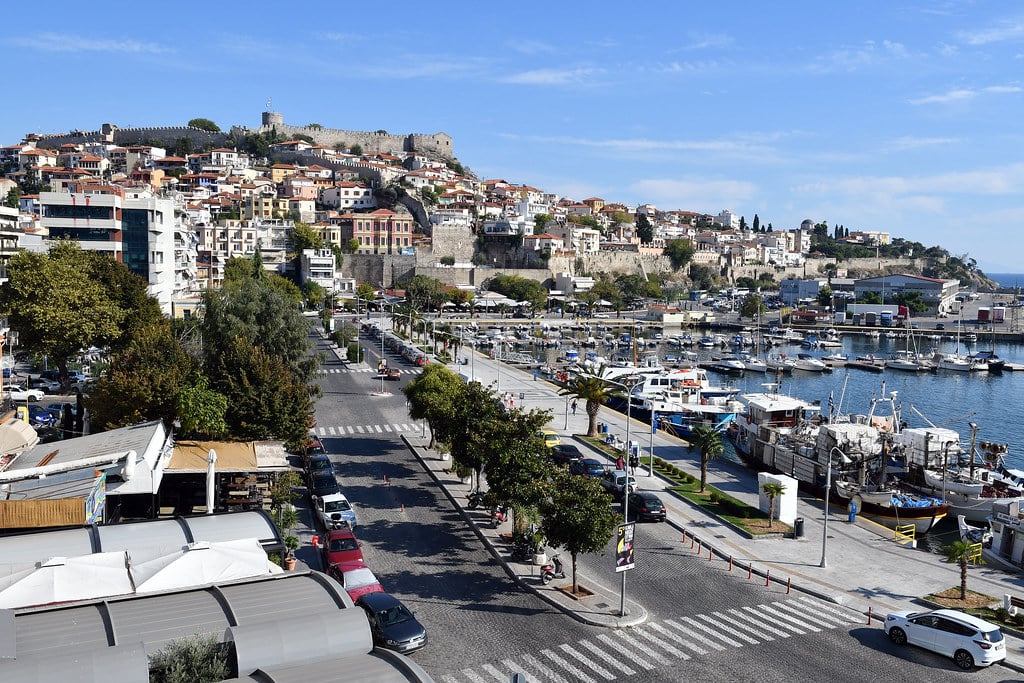
The city of Kavala in Northern Greece, which rises up from the sea like an amphitheater, is a gem waiting to be explored for its rich history and beautiful surroundings.
This coastal city, which is home to approximately fifty thousand inhabitants, is the entry point to Macedonia from the east, and that’s why it is often dubbed the “Thermopyles of Macedonia.”
Split among the Palia Poli (Old Town) and the Nea Poli (New Town), Kavala is situated on the Bay of Kavala across from the island of Thassos and on the Egnatia motorway, a one-and-a-half-hour drive east of Thessaloniki.
In antiquity, the name of the city was Neapolis (meaning “New City”, like many Greek colonies). During the Middle Ages, it was renamed Christoupolis (“City of Christ”). For centuries, it was part of the Ottoman Empire before being briefly occupied by Bulgaria in the beginning of the twentieth century.
After the Greco-Turkish War of 1919 to 1922, the city entered a new era of prosperity because of the labor offered by the thousands of refugees who had moved to the area from Asia Minor. The development was both industrial and agricultural.
Kavala became known for the processing and trading of tobacco. Many buildings related to the storage and processing of tobacco from that era are preserved in the city.
Top things to see and do in the beautiful city of Kavala
The castle of Kavala
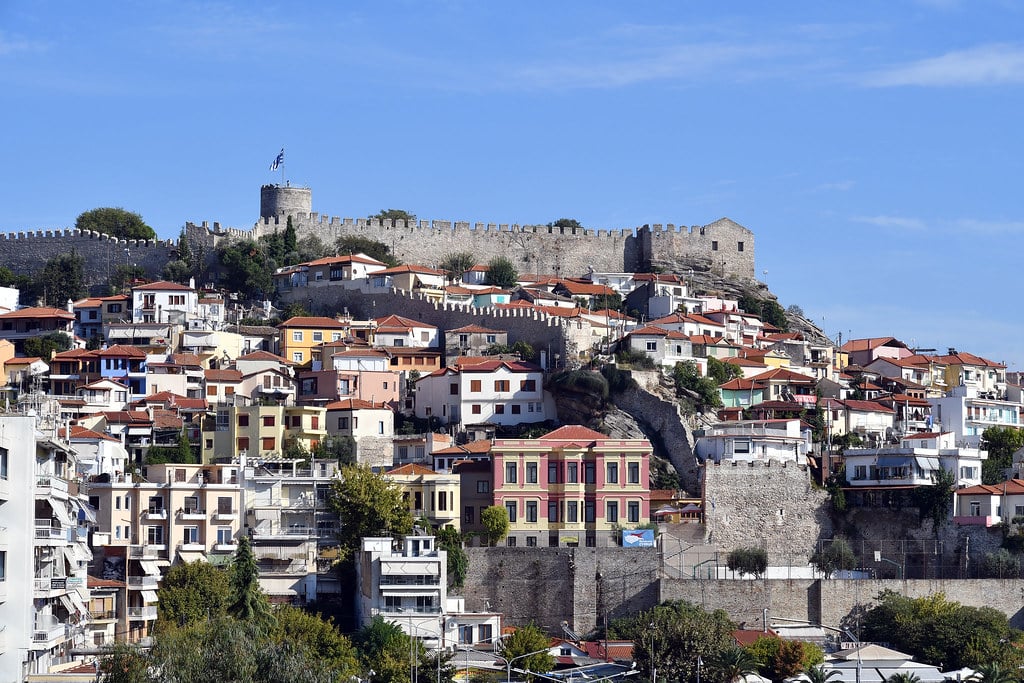
From the 5th century BC onward, the city of Kavala was surrounded by a defensive wall. A major modification took place in 1307 during the reign of Andronicos II Palaeologos, when the long walls from the sea to the top of the hill were built.
The Byzantine castle was completely destroyed in 1391 when the Turks captured the city. The castle was rebuilt by the Ottomans in 1425, and what we see today is mostly the result of that reconstruction.
The aqueduct
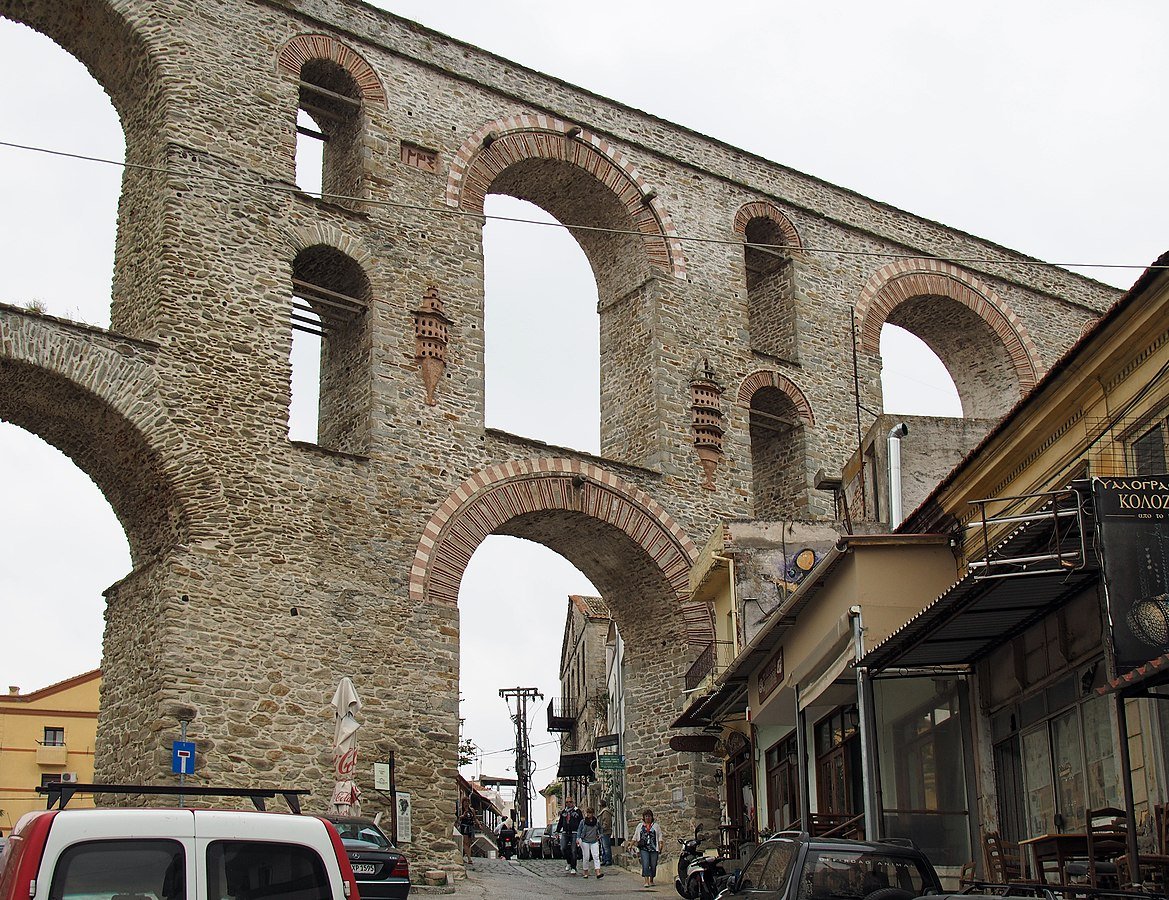
The Kavala aqueduct, popularly known as the Kamares, is a well-preserved structure in the city of Kavala and is understandably one of the city’s landmarks. While the aqueduct is considered to most likely be of Roman origin, the present structure dates to the sixteenth century.
Tobacco Museum of Kavala
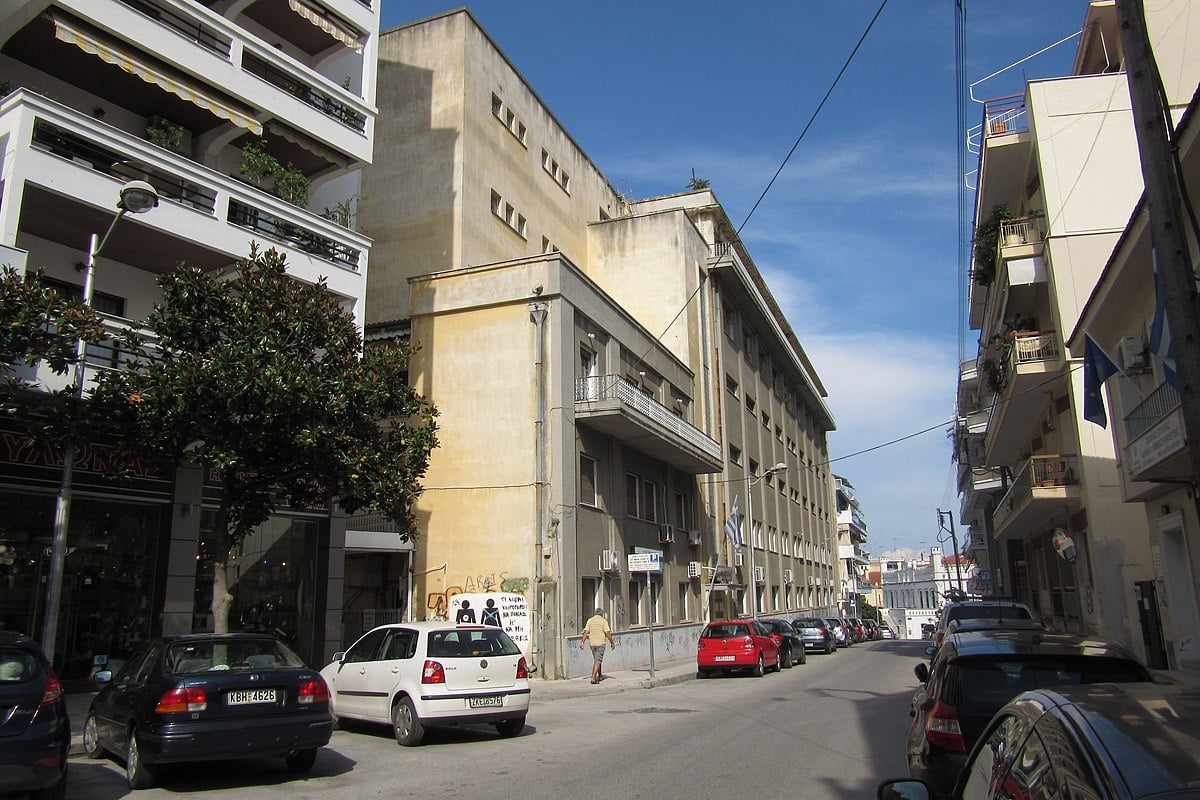
From the mid-nineteenth century until 1950, Kavala was the largest center for the processing and exporting of tobacco in the Balkans. The uniqueness of the museum lies in the fact that it not only contains an exhibition on the processing of Oriental tobaccos (which are not found in any other museum in the world) but also in the fact that it is a museum that showcases the economic and social history of the region.
Municipal Tobacco Warehouse
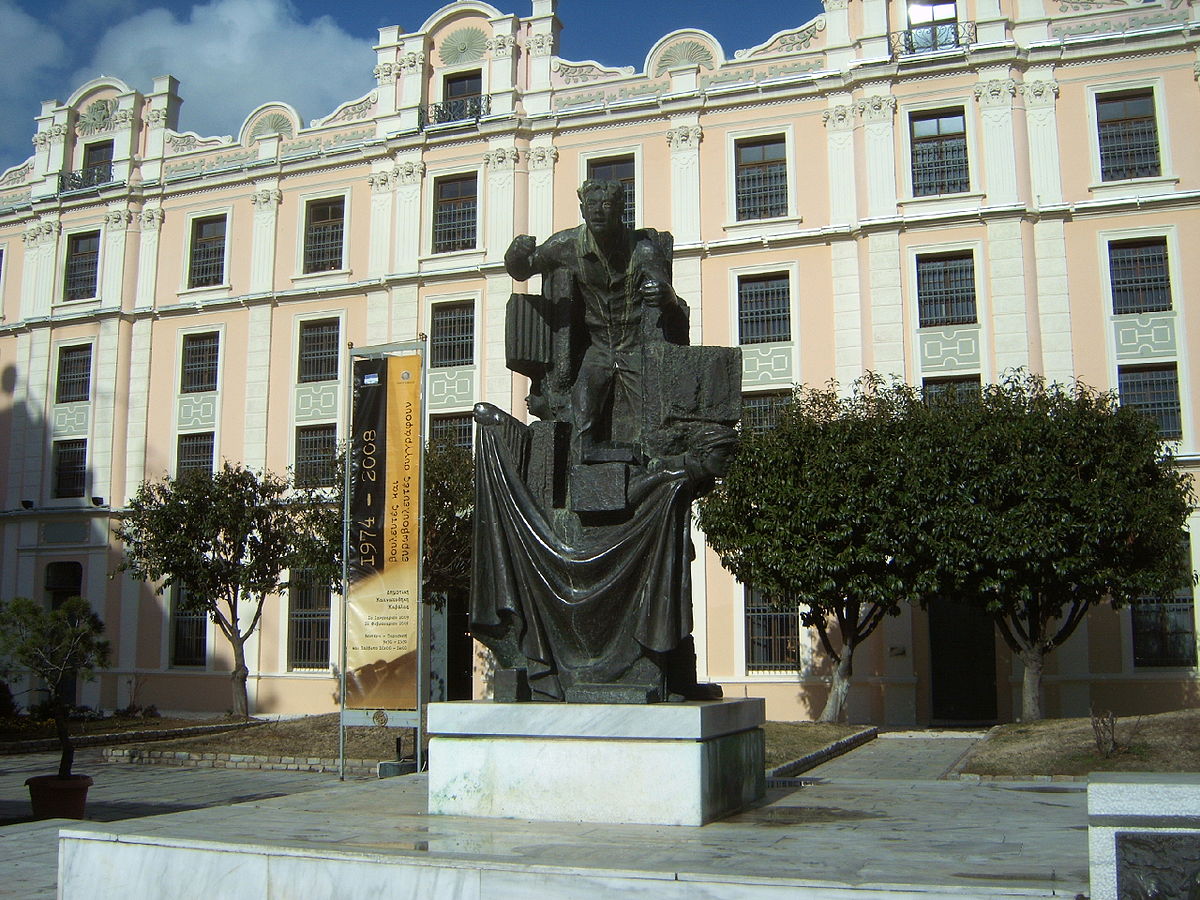
The Municipal Warehouse is one of the most interesting buildings in Kavala. It housed the company of Kiazim Emin & Cie and was built in 1910 by the businessman and tobacco merchant Kiazim Emin.
The building has an Ottoman design in a style that is known as “Ottoman neoclassicism” with a strong influence from the neoclassical architecture of Europe.
Wander around the Old Town of Kavala
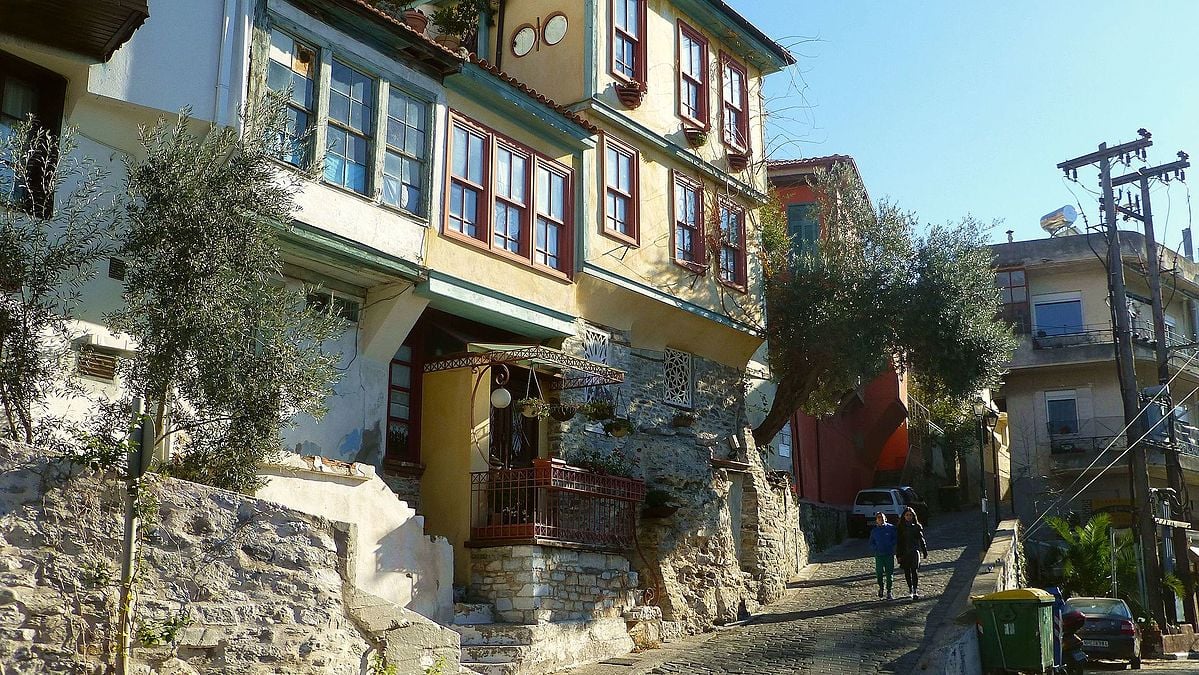
Wander through the picturesque lanes of the Old Town in the peninsula of Panagia, which looks as if it is straight out of the illustrated pages of a fairytale book.
The imaret
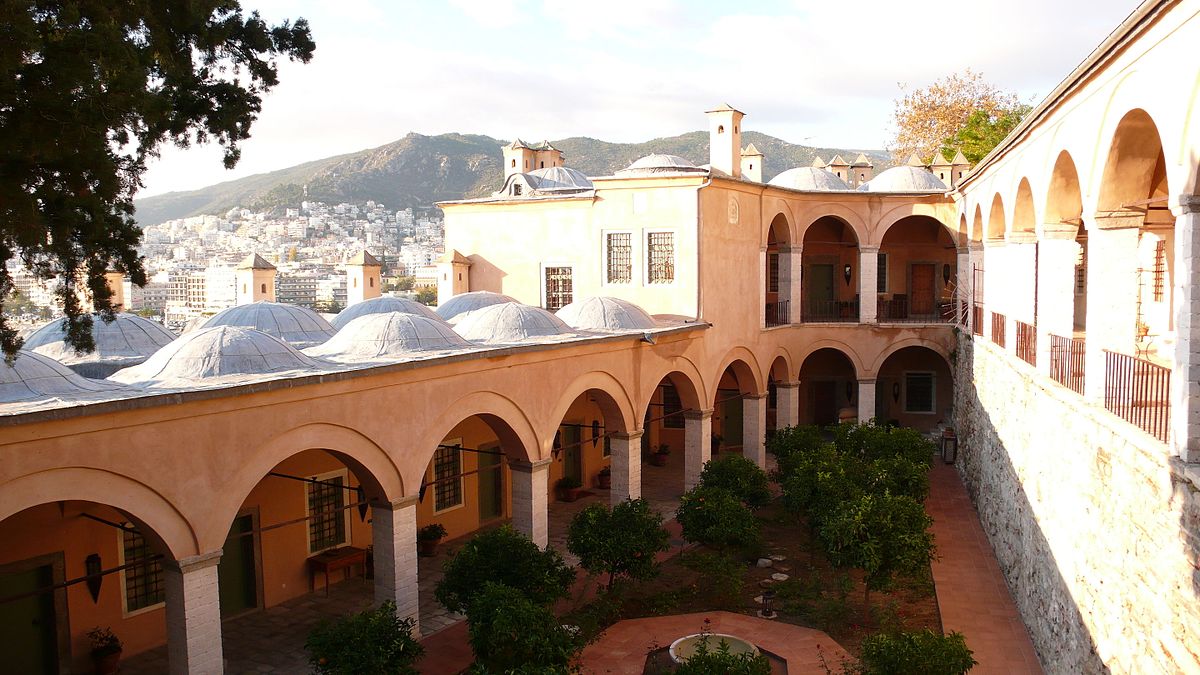
In the early nineteenth century, Mohammed Ali, founder of the last Egyptian dynasty, established an Imaret—a religious, educational, and charitable institution—in his hometown of Kavala. It functioned as an Islamic seminary until 1902, as from 1846 onward, the education of Muslims included instruction in religion.
Via Egnatia
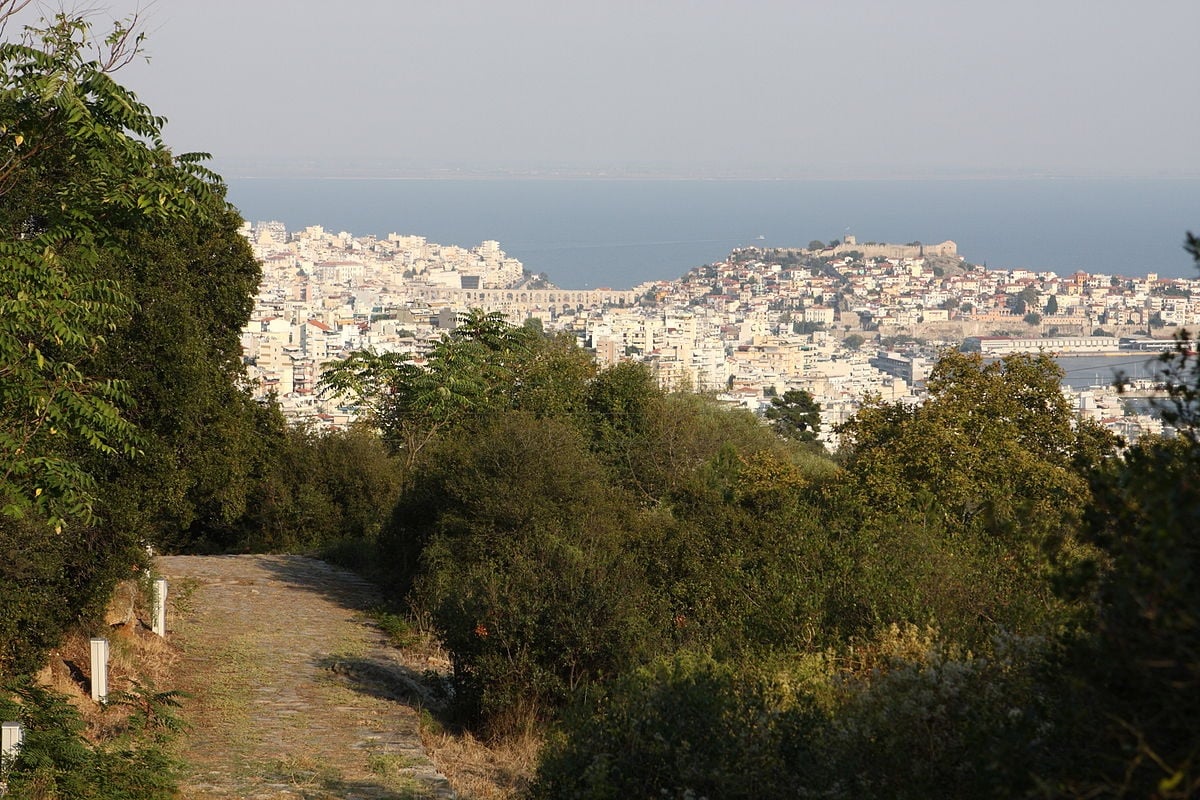
The military Roman road called “Via Egnatia” passed through the city and helped commerce to flourish in the area. Kavala became a Roman “civitas” in 168 BC and served as a base for Brutus and Cassius in 42 BC before their defeat in the Battle of Philippi.
The Apostle Paul landed at Kavala on his first voyage to Europe.
Explore Philippi

The UNESCO World Heritage Site of Philippi just a few miles away from Kavala is connected to many exceptional historical figures and events which shaped the western world. Stunning monuments, which still survive today, are evidence of the long history of the cultures which interacted and flourished in this region.
A dip in the blue-green seas

Serene waters, sandy beaches, long coastlines, tavernas next to the waves, sports activities—the beaches of Kavala have it all. The most popular beaches in the area are Batis, Tosca, Kalamitsa, Rapsani, and Perigiali.
Escape to beautiful Thassos
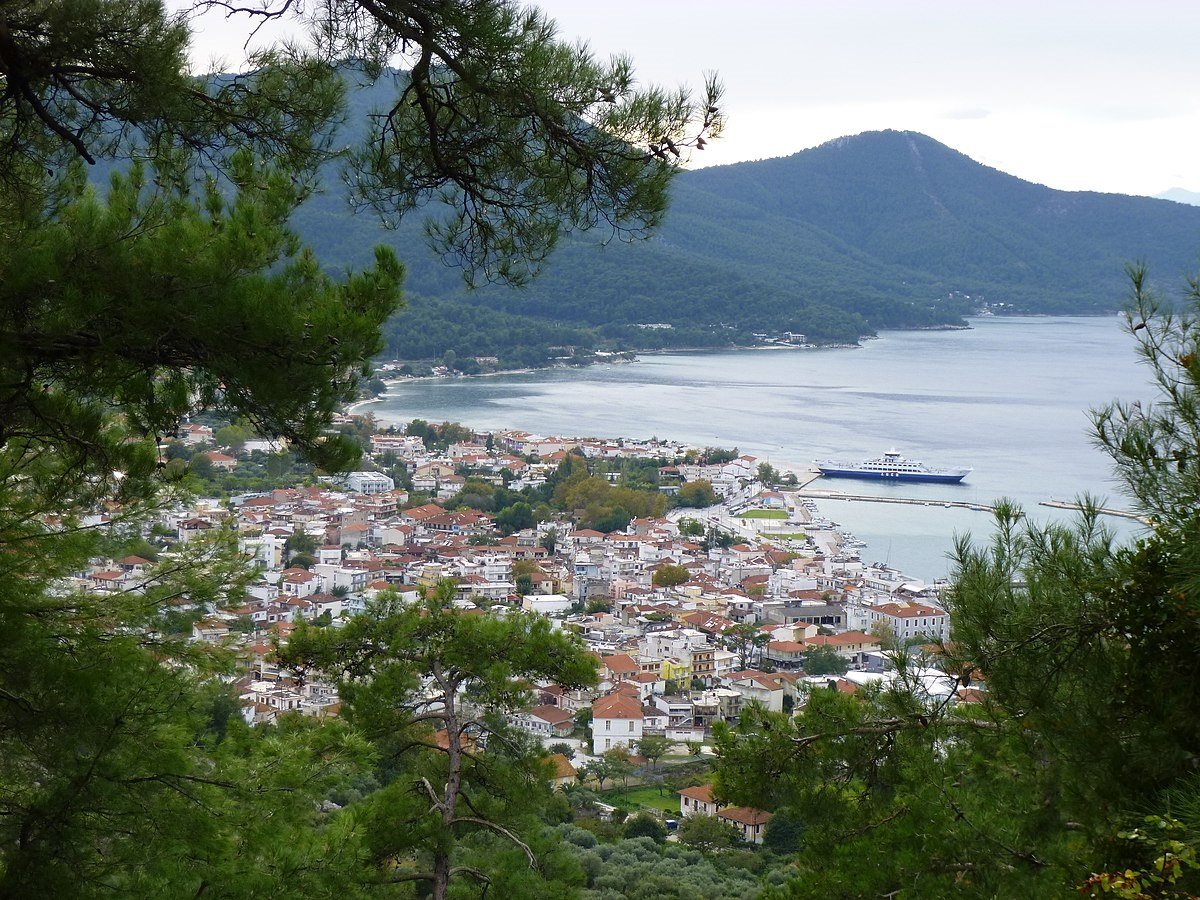
Kavala is the ideal base for a brief escape to one of the most beautiful islands in Northern Greece—verdant Thassos. Surrounded by the crystal-clear, blue waters of the Aegean Sea, you can immerse yourself in a breathtaking natural environment and experience a laid-back culture which warmly welcomes every visitor.
